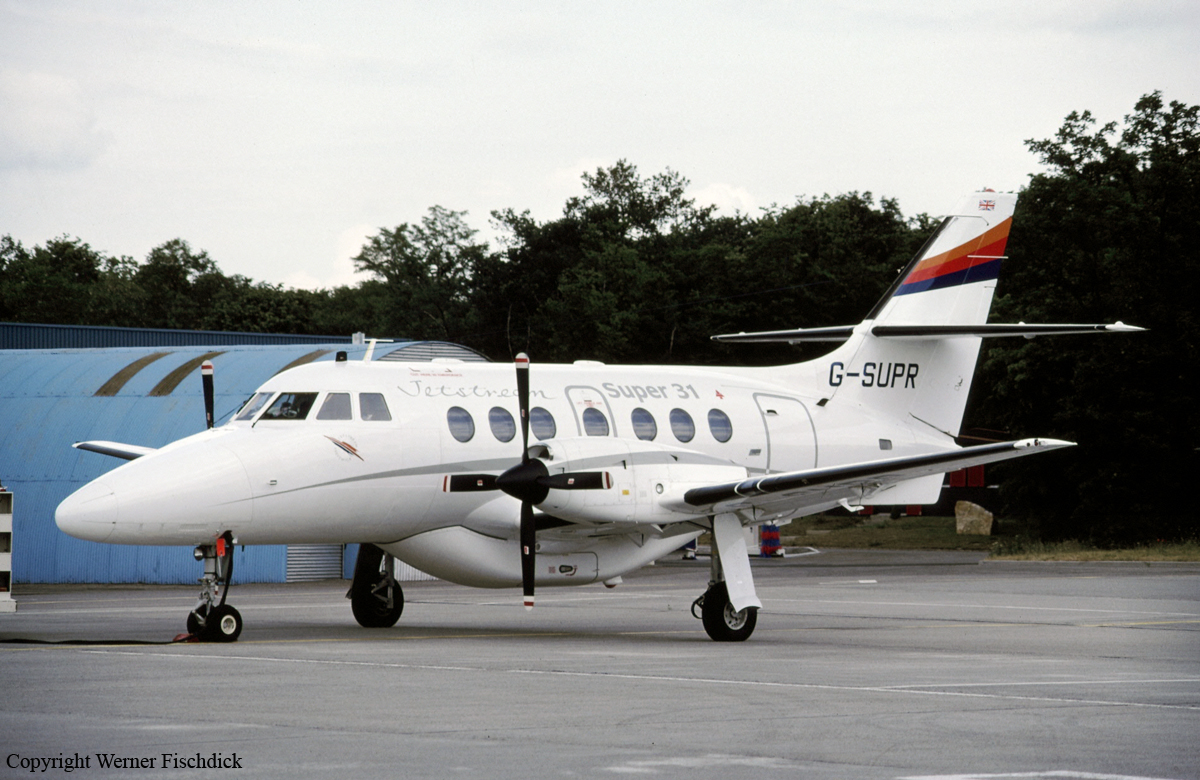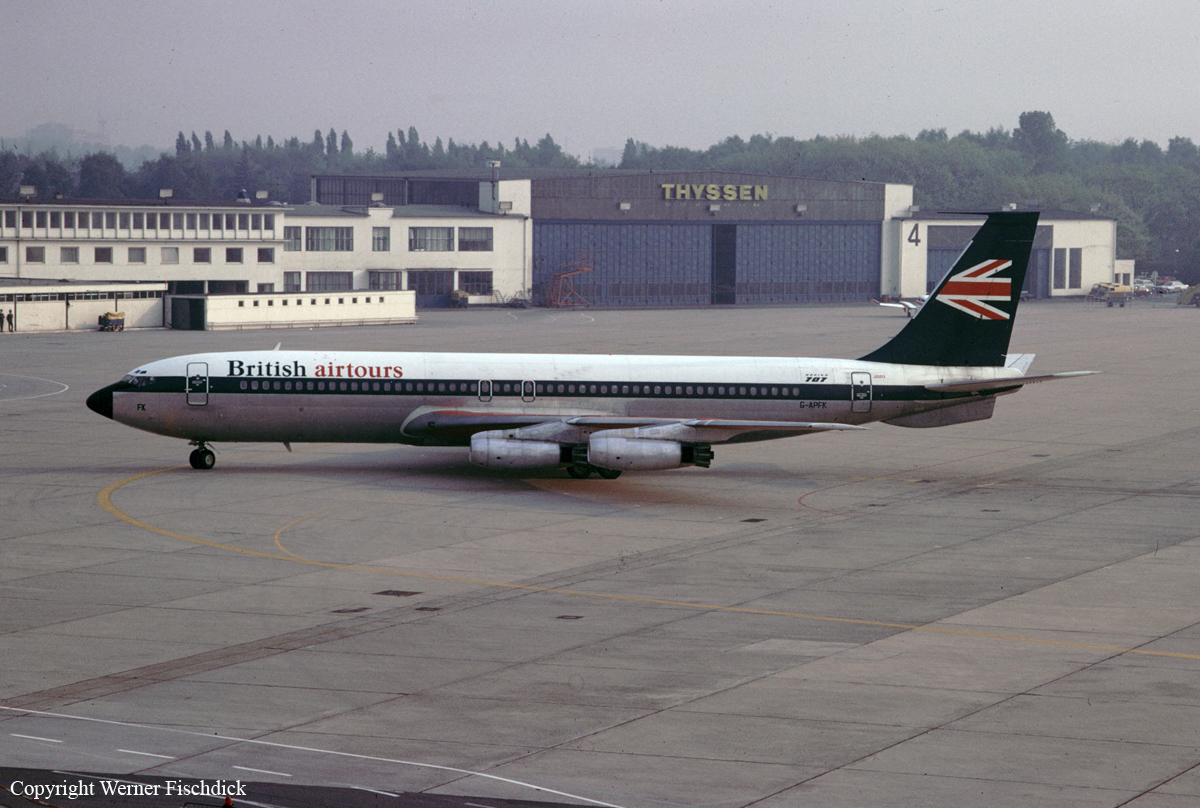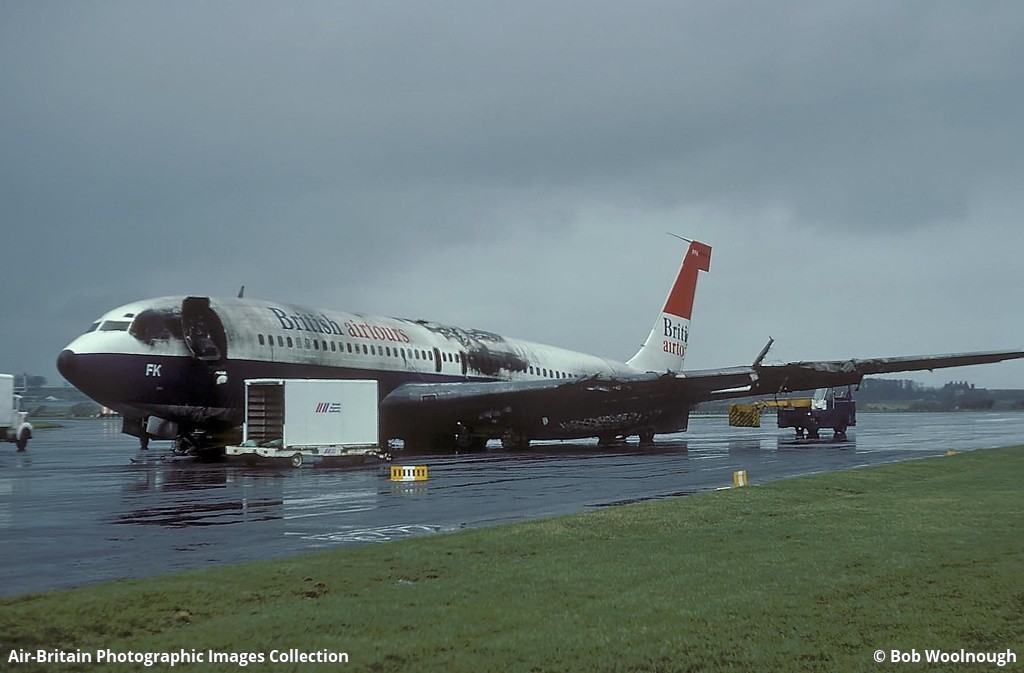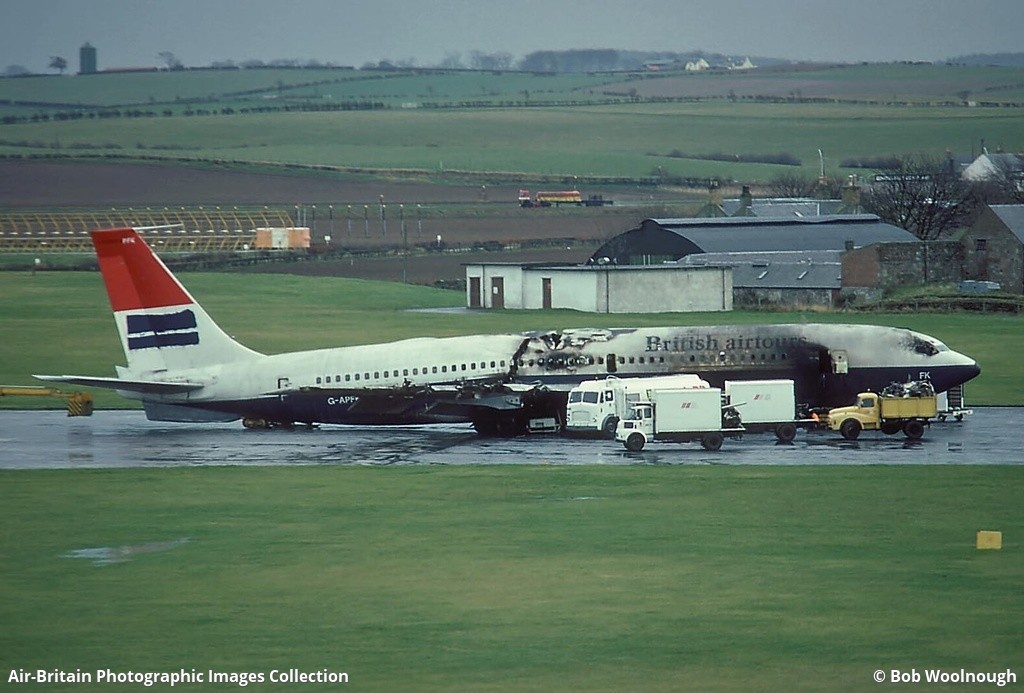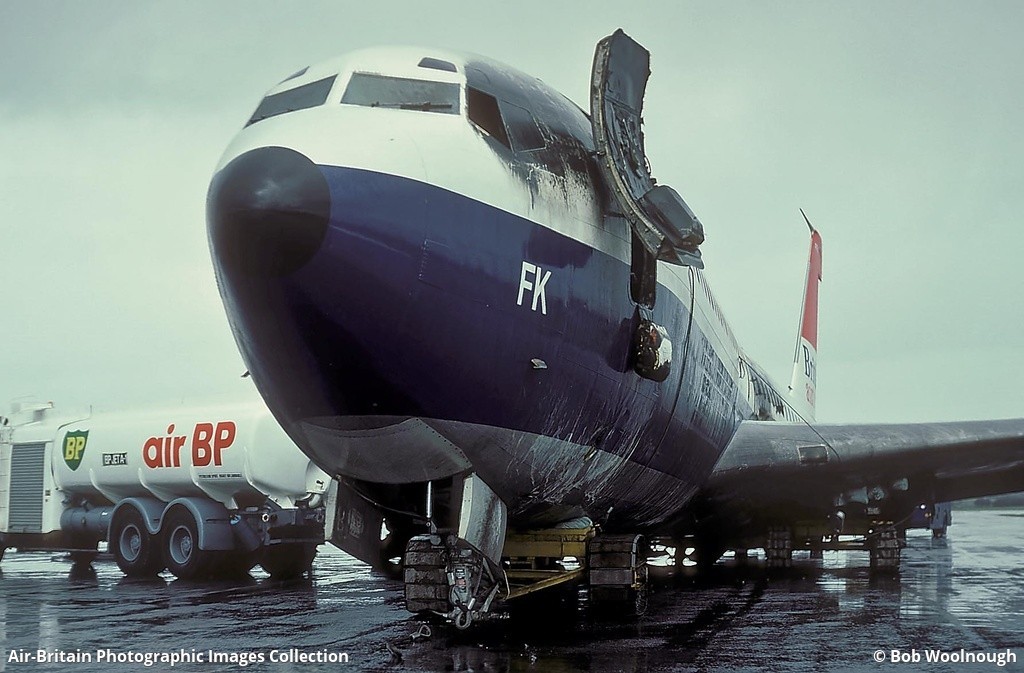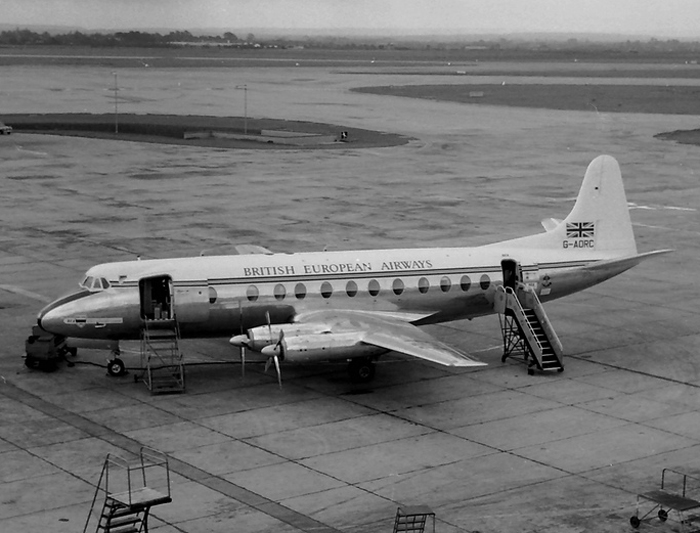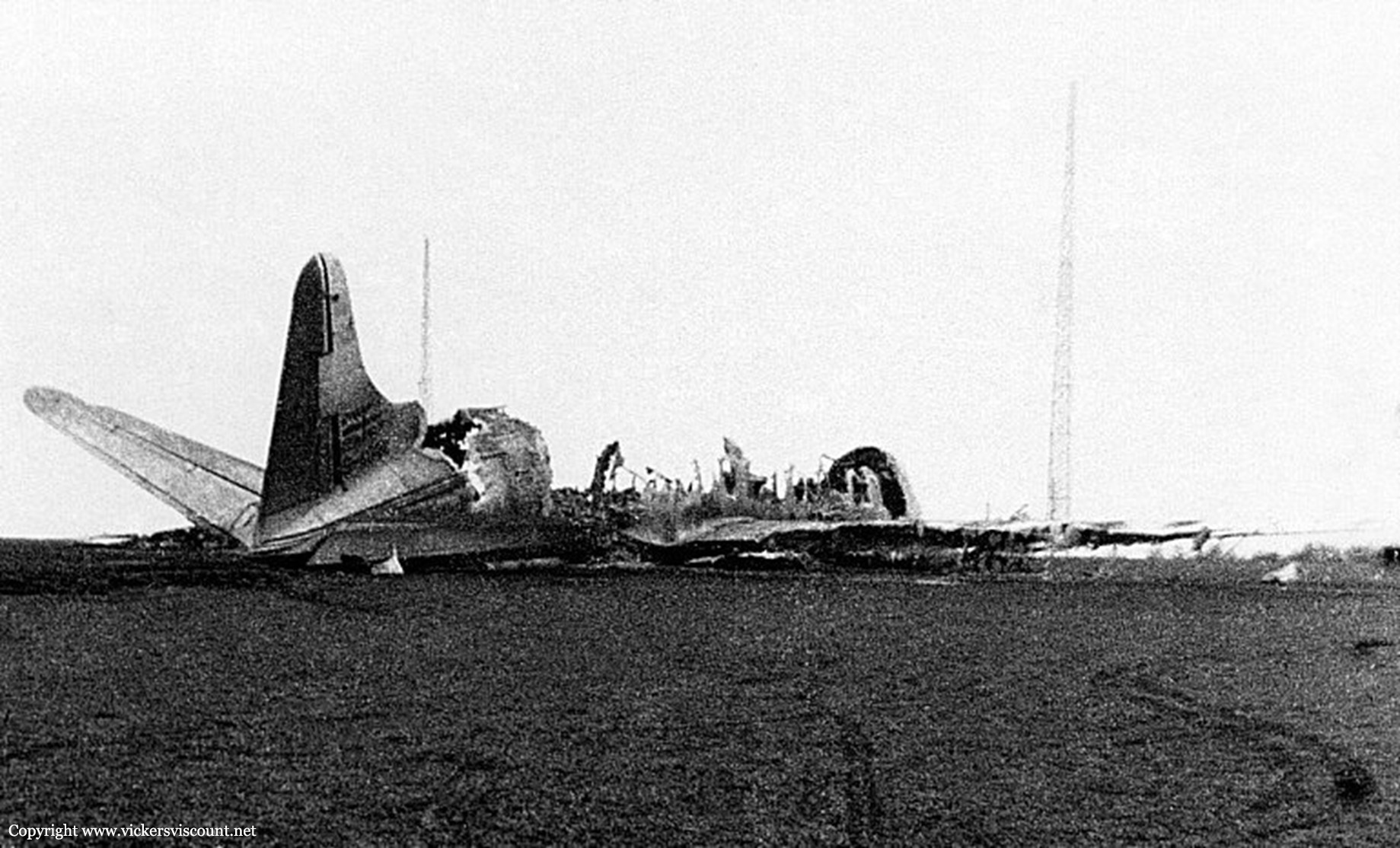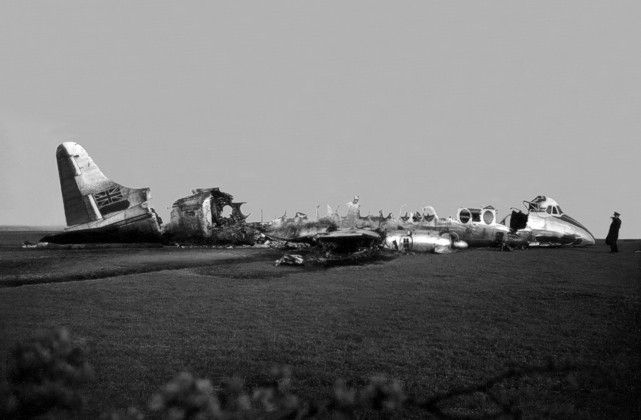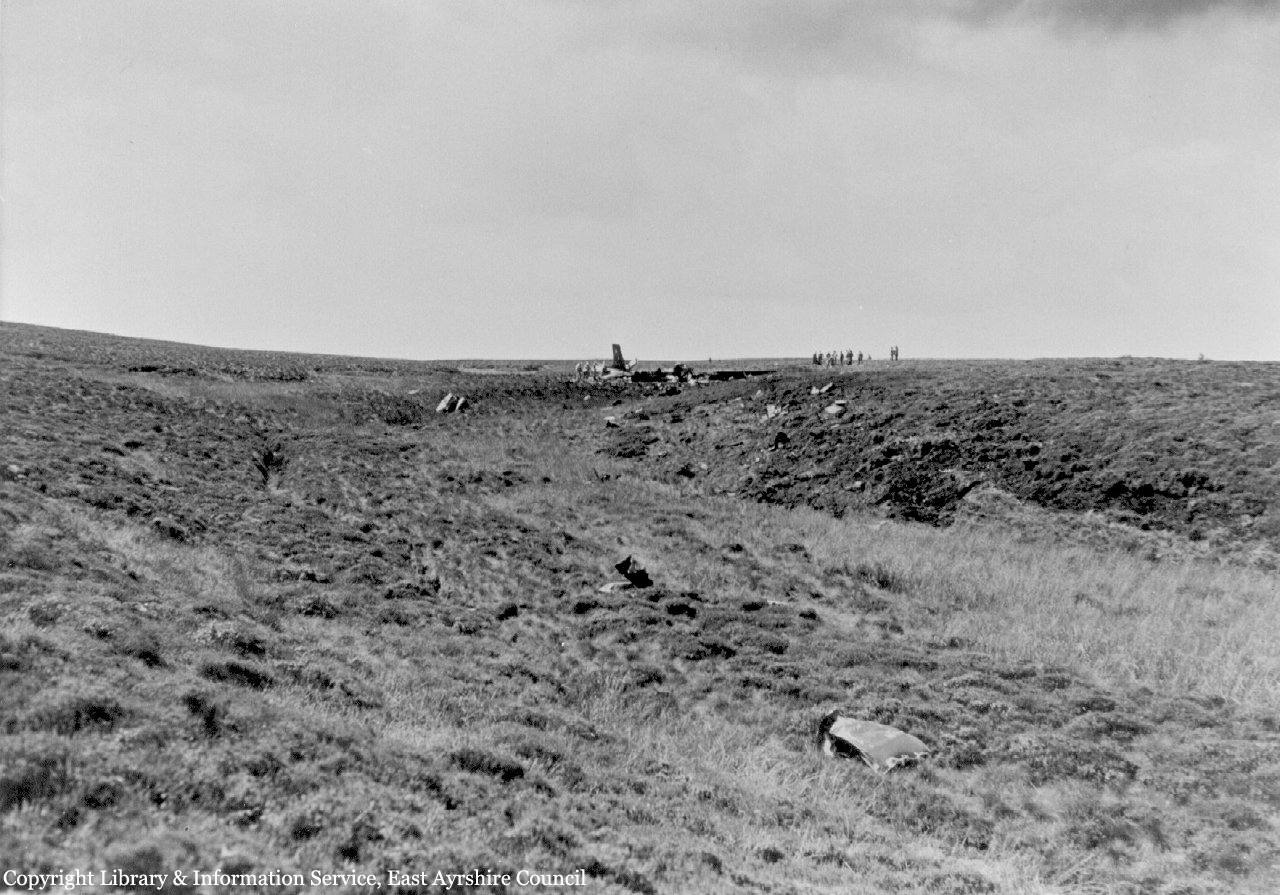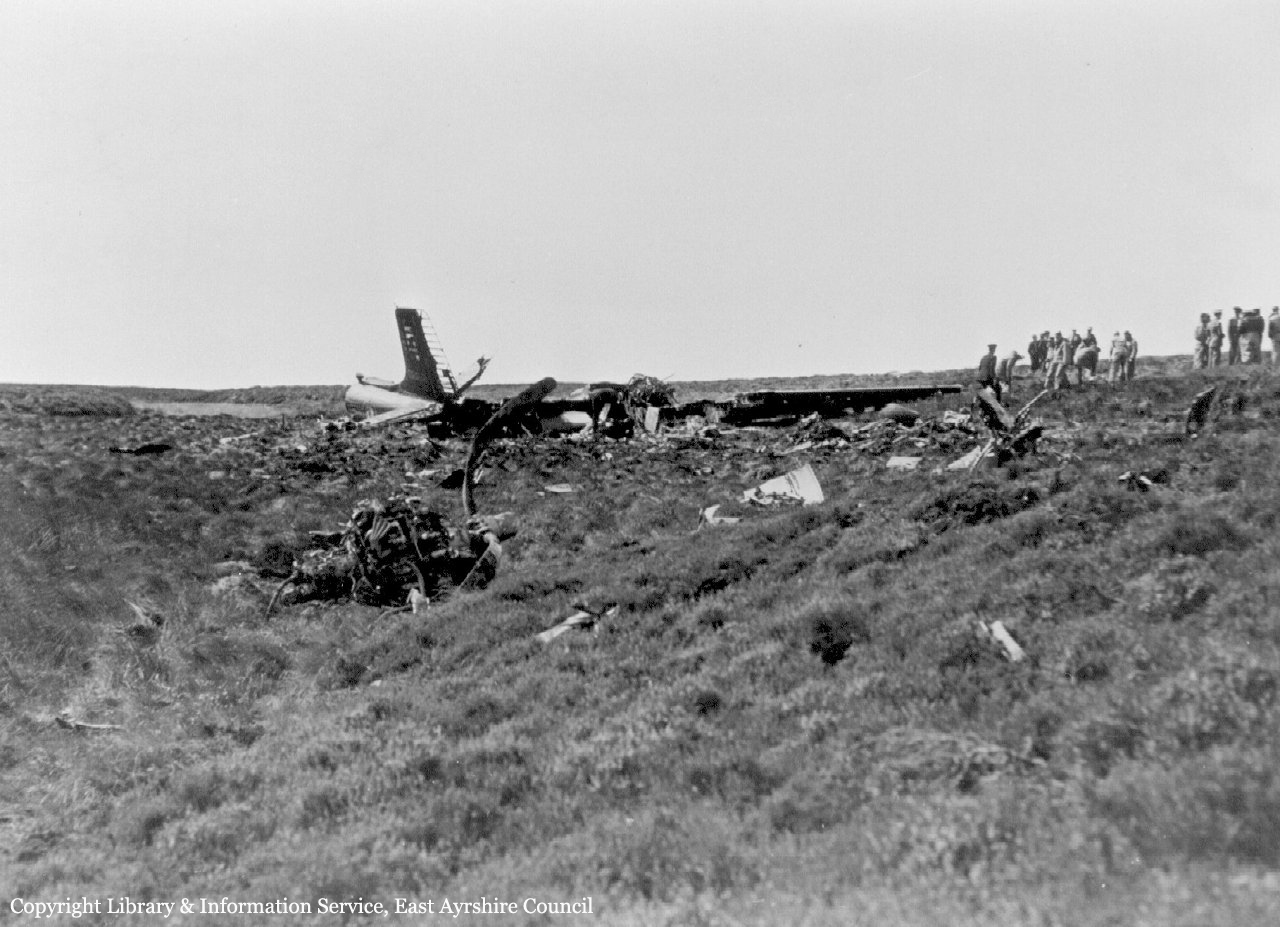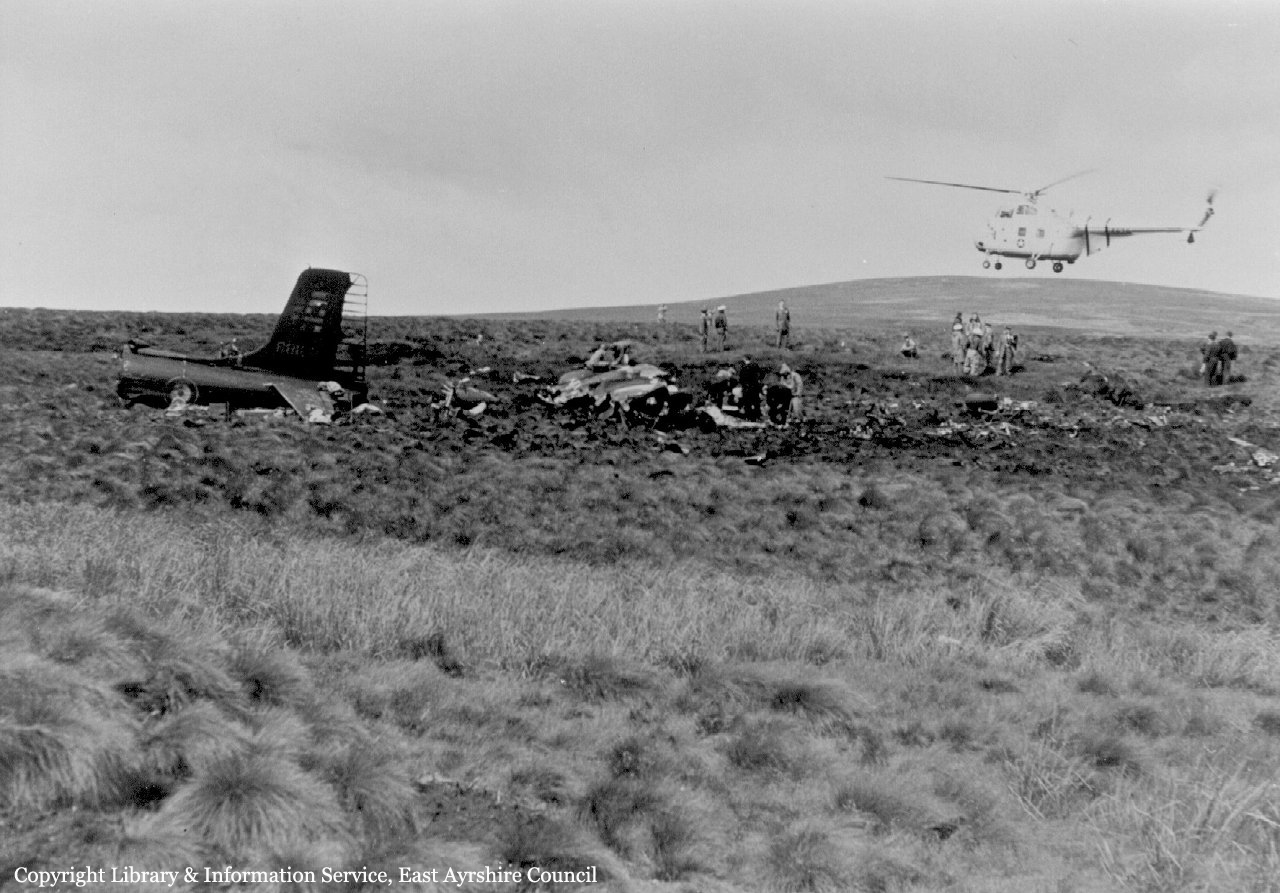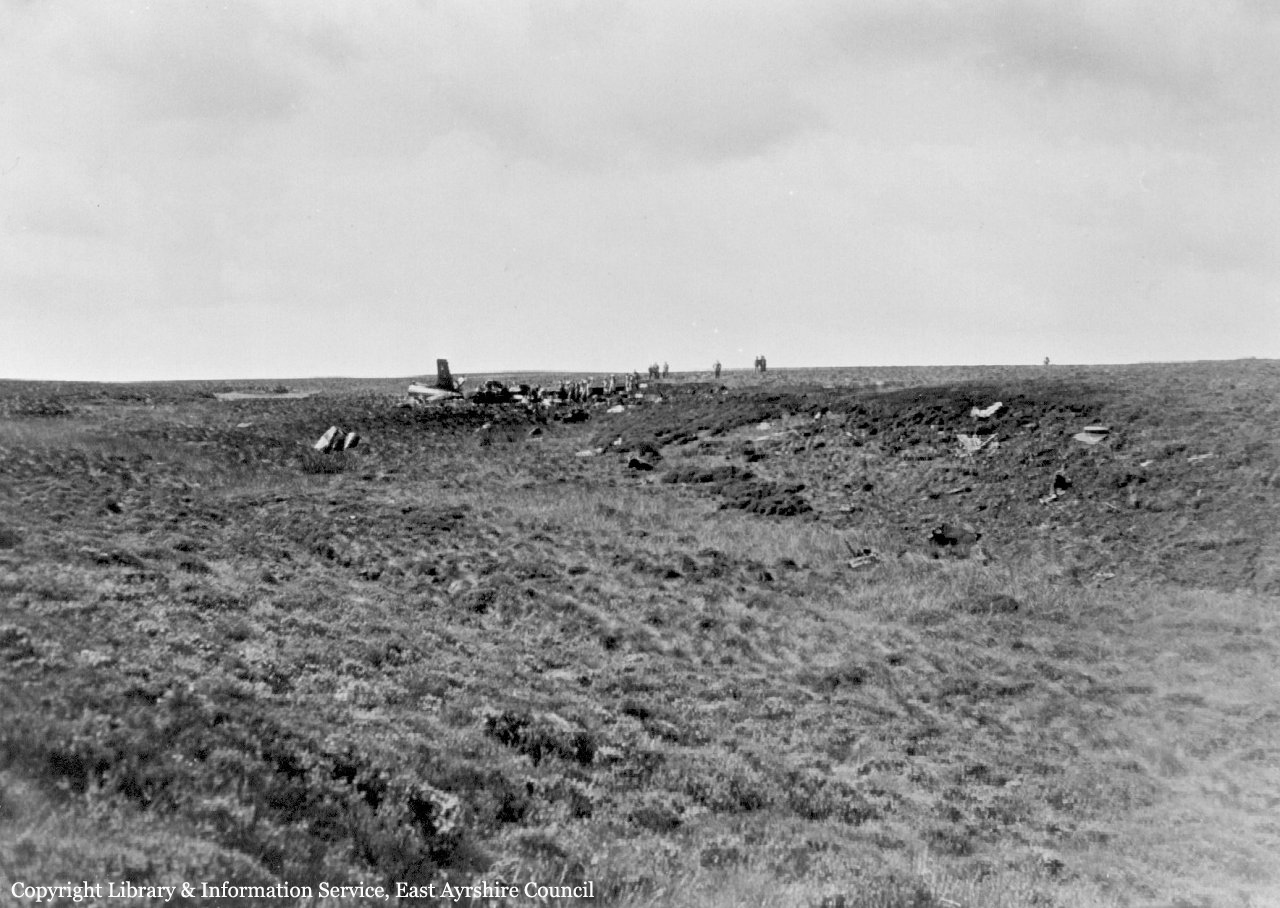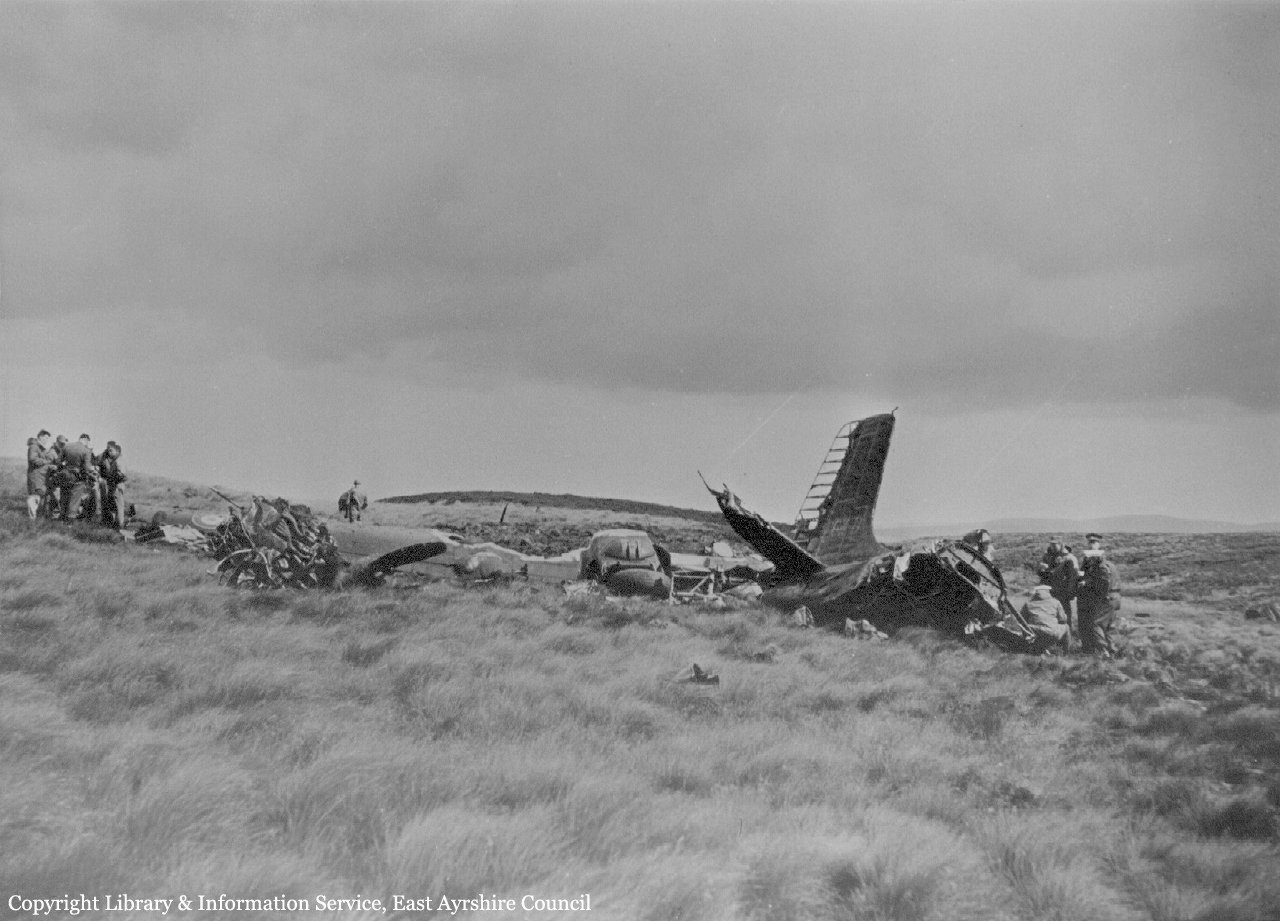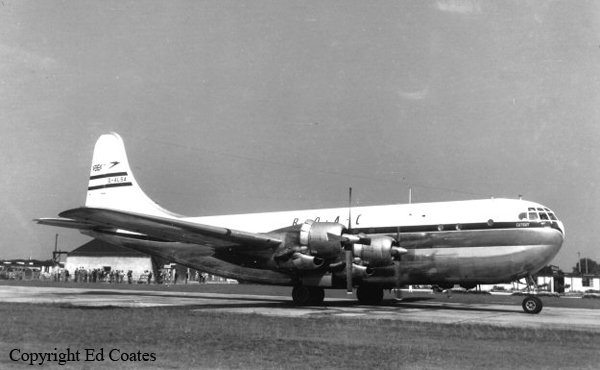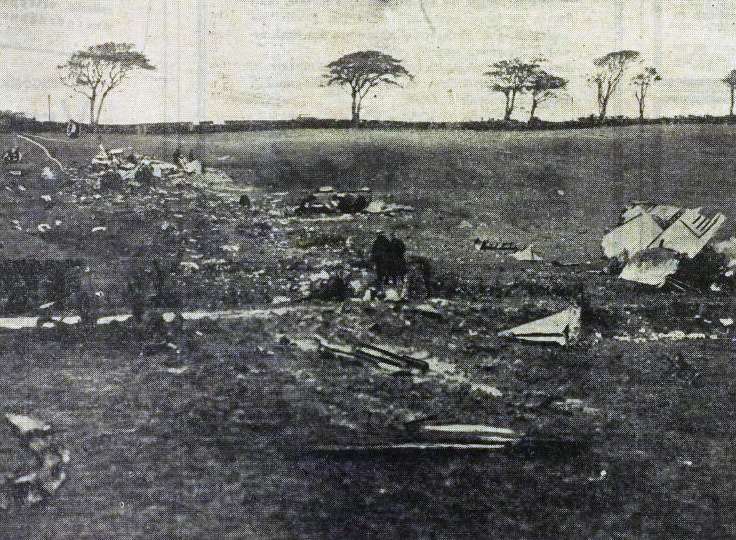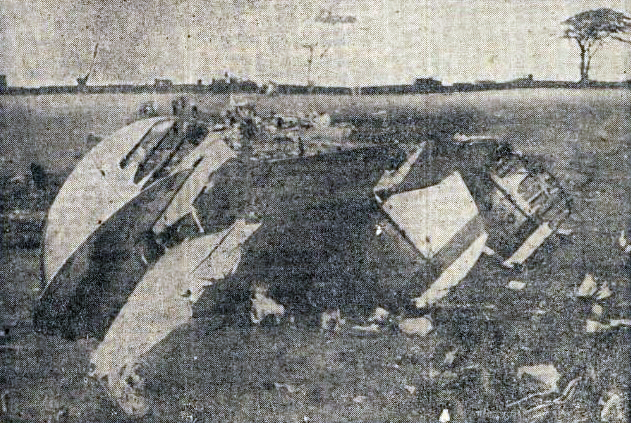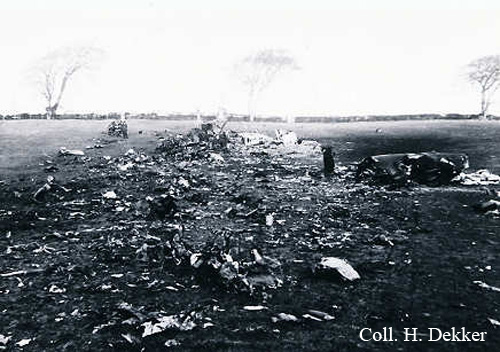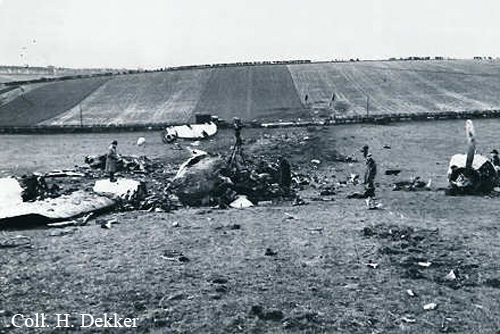Crash of a BAe 3101 Jetstream 32 in Prestwick: 2 killed
Date & Time:
Oct 6, 1992 at 1522 LT
Registration:
G-SUPR
Survivors:
No
Schedule:
Prestwick - East Midlands
MSN:
956
YOM:
1991
Crew on board:
2
Crew fatalities:
Pax on board:
0
Pax fatalities:
Other fatalities:
Total fatalities:
2
Circumstances:
The crew departed Prestwick Airport on a training flight to East Midlands Airport. Shortly after takeoff, while in initial climb, the crew simulated an engine failure. The aircraft nosed up and adopted a high angle of attack with the gear still down. Ten seconds after liftoff, the copilot was still attempting to determine which engine failed and the pilot/instructor reminded him that the gear were still down. When the stall warning sounded, the pilot took over control within 2 seconds and increased engine power but the aircraft rolled to the right and crashed inverted. Both occupants were killed.
